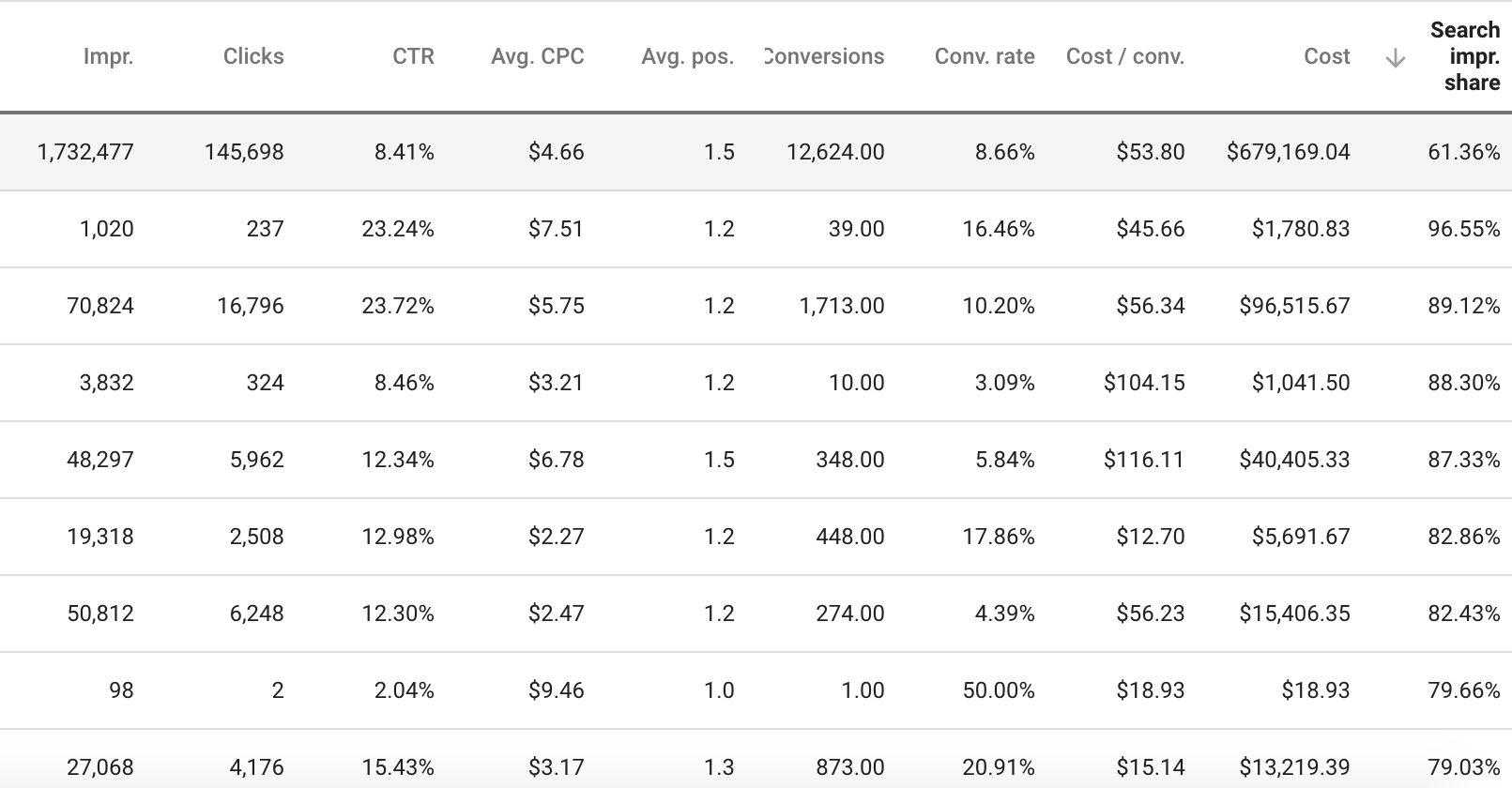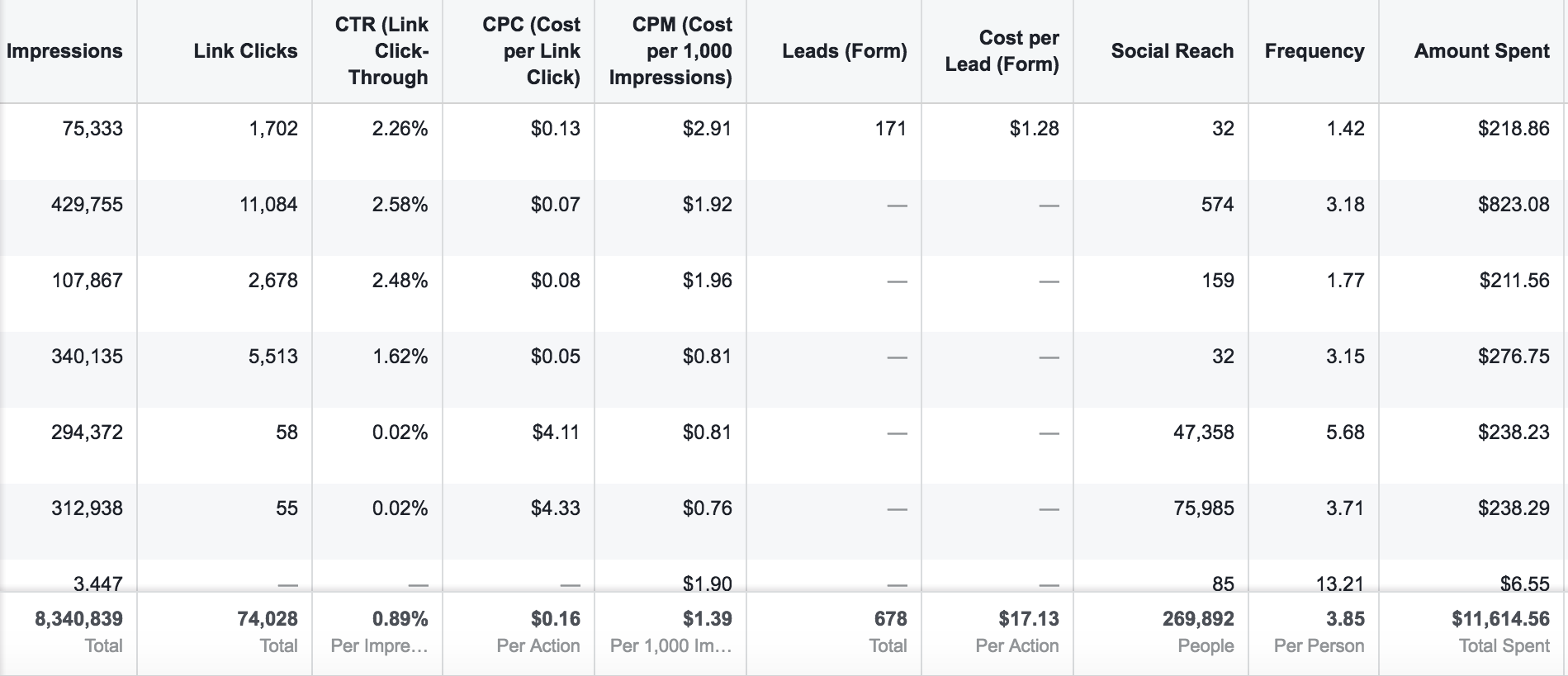Digital Ad Campaigns are Complex. Don’t Be Fooled by Standalone Metrics
Early in my career, I was often pressured by attention-defective General Managers (you may know some) to “get to the point” and skip ahead in my reporting presentations to the key metric.
At first, I would accede to their requests and scramble ahead to show them what (I thought) they wanted. Then, after looking at more and more data from more and more dealerships — Audi, BMW, Honda, Mazda, MINI, Rolls-Royce, Toyota — I realized I was being stupid in acceding to their requests.
Worse yet, I was likely doing them a disservice in positioning one metric as the key to their digital marketing kingdom. Oh, how naive I was.
But, There’s Always a “Most Important”………Right?
Some people will tell you the most important single metric is leads. Some will tell you it’s conversion rate. Others will say it’s cost per conversion. And then, there’s the omnipotent, ever-present, undeniable TOTAL SALES metric.
The truth is that in digital marketing, there is no one key metric. There is no most important.
After more than 8 years of staring at Google Analytics screens and Google AdWords accounts covering campaigns across the US, Canada and South America, I’ve come to believe that you cannot view only one metric at a time, or in a vacuum, if you truly want to understand what’s happening with your digital marketing campaigns, and how to optimize them. It is antithetical to an effective outcome.
Why? Let’s review some actual scenarios.
Vacuums Play Tricks on You, Especially in Digital Marketing Campaigns
This is the picture of a lead-generating machine. Conversion rate is monstrous. Cost/conversion is affordable by any automotive business’ standards. They are absolutely dominant.
Right?

Wrong.
Check out the search impression share column. It’s less than 60% in all cases. That means the campaign is not even participating in more than 40% of the searches! You can’t be dominant if you’re not even in the game 40% (or more) of the time.
The screenshot above is why you can’t view metrics in a vacuum; because if you were only looking at your conversion data, you would feel fat and happy — when the reality of opportunity says you’re anything but.
Campaign Performance in Context
Over the years, I’ve come to establish a default view for ad campaign performance. It shows me every key metric I need to see, and none of which I don’t. In other words, it’s the full picture, not the full picture plus a caption.
Below are our default frameworks for reviewing campaigns.
Google AdWords (SEM) Default Performance View

Facebook Ads Default Performance View

Here’s why these views are effective: Because in one eyeshot, I can tell you how many leads we received, how much each lead cost, the propensity of each user to become a lead AND how we fared relative to total opportunity (search impression share).
Toboot, it tells me how engaging our ad copy is (CTR), how expensive it is to scale (CPM) and, on SEM, if we have room to grow our visibility (avg. position).
Some of these things are useful on their own. But together, they are the alpha and the omega. There is nothing — scratch that, absolutely nothing — more important or valuable to your campaign assessment than this consolidated view of key metrics.
So What Do Truly Successful Digital Marketing and SEM Campaigns Look Like?
This. Note: The column all the way to the right that is cutoff is cost/conversion, which shows the campaign is 25% and $25 less expensive per lead compared to the previous year.

And this one. The column all the way to the right that is cutoff is search impression share, which is up more than 30% compared to the previous year — all while driving cost per lead down 34%, and conversion rate up 65%!

How to Improve at Digital Marketing Campaign Review
As soon as possible, tell your campaign manager you want detailed reporting on multiple key metrics. You can use this example above, or you can tweak it for your own needs. But if you don’t start seeking metrics in context, or continue accepting one pretty metric above all others, you are shortchanging your lead-gen potential for growth.
There are no secrets in digital. All the info is there to be had.
It’s time to fly with your eyes wide open, drill down on details, and demand the full picture.
Your future self will thank you for it.
PS: If you’re new here, you’ve arrived at the beginning of a new blog series where we break down real data from real campaigns, and help you separate fact from fiction. See our earlier post about digital marketing campaign metrics and benchmarks.


